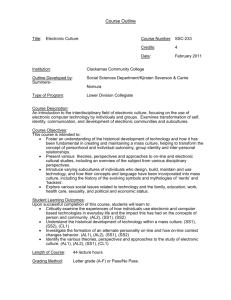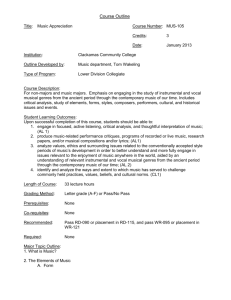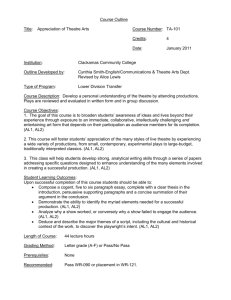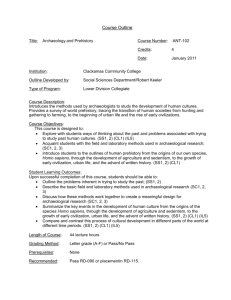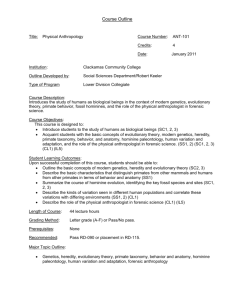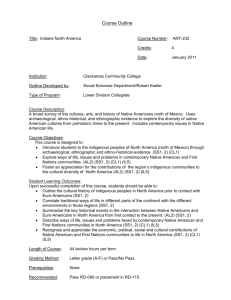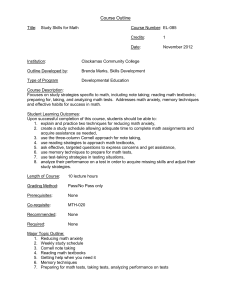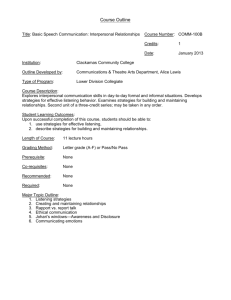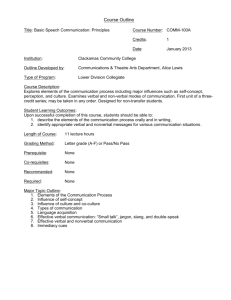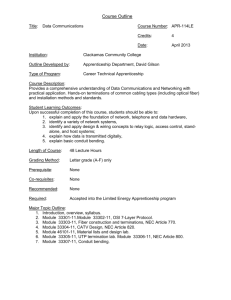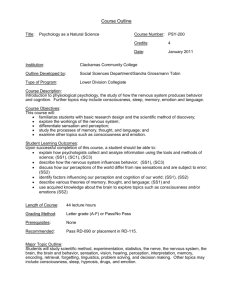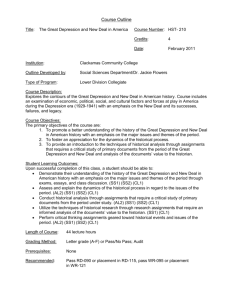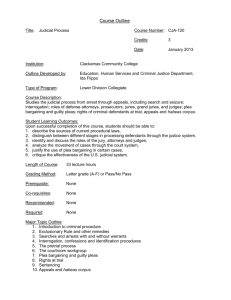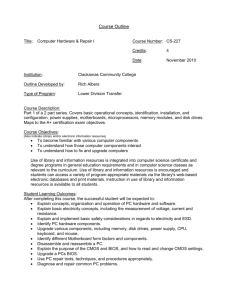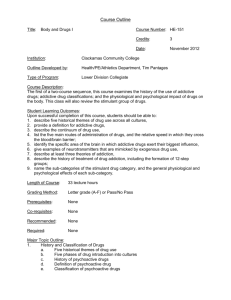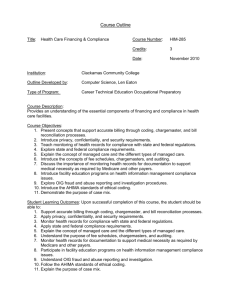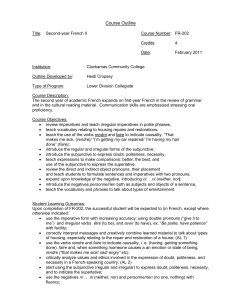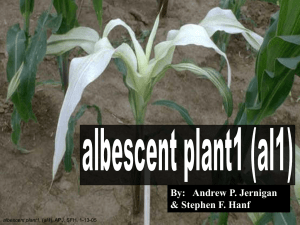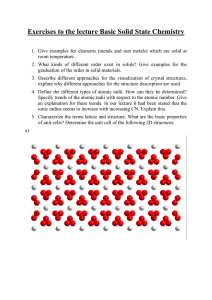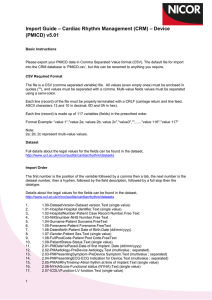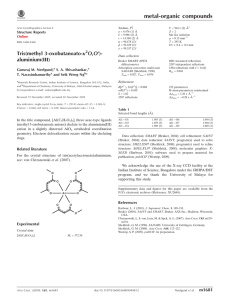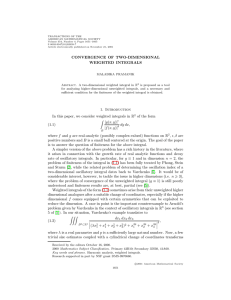Outline Update J 211-COMM 212 Mass Media & Society
advertisement
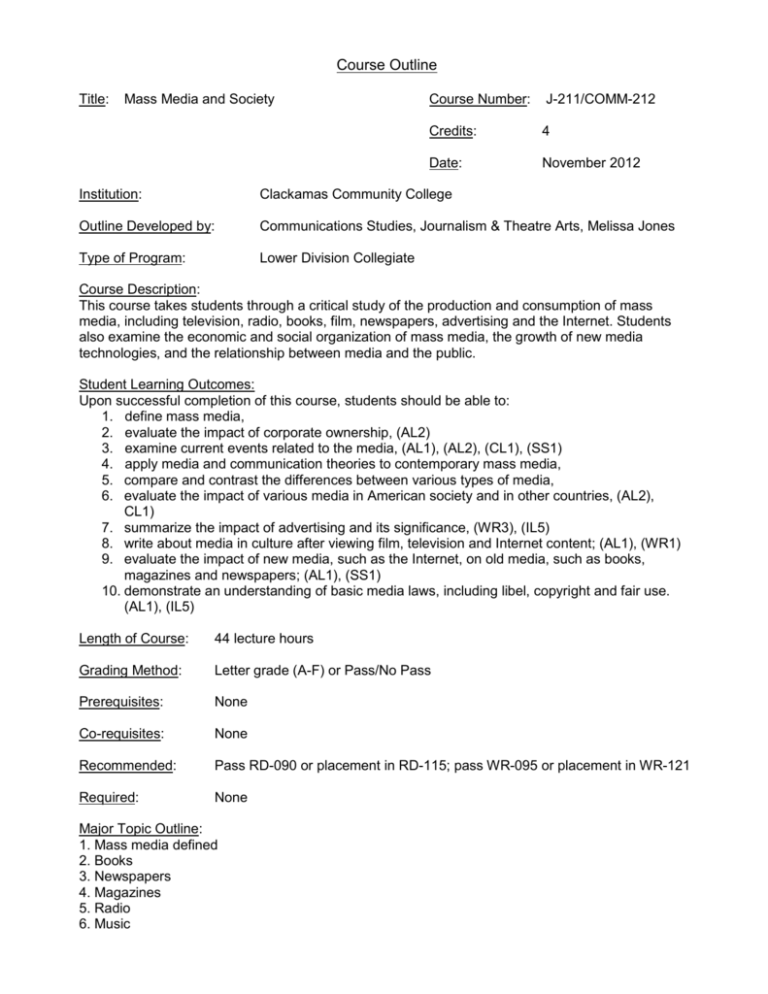
Course Outline Title: Mass Media and Society Course Number: J-211/COMM-212 Credits: 4 Date: November 2012 Institution: Clackamas Community College Outline Developed by: Communications Studies, Journalism & Theatre Arts, Melissa Jones Type of Program: Lower Division Collegiate Course Description: This course takes students through a critical study of the production and consumption of mass media, including television, radio, books, film, newspapers, advertising and the Internet. Students also examine the economic and social organization of mass media, the growth of new media technologies, and the relationship between media and the public. Student Learning Outcomes: Upon successful completion of this course, students should be able to: 1. define mass media, 2. evaluate the impact of corporate ownership, (AL2) 3. examine current events related to the media, (AL1), (AL2), (CL1), (SS1) 4. apply media and communication theories to contemporary mass media, 5. compare and contrast the differences between various types of media, 6. evaluate the impact of various media in American society and in other countries, (AL2), CL1) 7. summarize the impact of advertising and its significance, (WR3), (IL5) 8. write about media in culture after viewing film, television and Internet content; (AL1), (WR1) 9. evaluate the impact of new media, such as the Internet, on old media, such as books, magazines and newspapers; (AL1), (SS1) 10. demonstrate an understanding of basic media laws, including libel, copyright and fair use. (AL1), (IL5) Length of Course: 44 lecture hours Grading Method: Letter grade (A-F) or Pass/No Pass Prerequisites: None Co-requisites: None Recommended: Pass RD-090 or placement in RD-115; pass WR-095 or placement in WR-121 Required: None Major Topic Outline: 1. Mass media defined 2. Books 3. Newspapers 4. Magazines 5. Radio 6. Music 7. Television 8. Advertising 9. Internet 10. Government regulation 11. Media law 12. Global media 13. Media ethics 14. Public relations 15. Media business and ownership CCC AAOT/ASOT GENERAL EDUCATION OUTCOMES COURSE OUTLINE MAPPING CHART J-211/COMM-212 Mass Media and Society Course Title and Number: Mark outcomes addressed by this course: Mark “C” if this course completely addresses the outcome. Students who successfully complete this course are likely to have attained this learning outcome. Mark “S” if this course substantially addresses the outcome. More than one course is required for the outcome to be completely addressed. Students who successfully complete all of the required courses are likely to have attained this learning outcome. Mark “P” if this course partially addresses the outcome. Students will have been exposed to the outcome as part of the class, but the class is not a primary means for attaining the outcome and assessment for general education purposes may not be necessary. As a result of completing the AAOT /ASOT general education requirements, students will be able to: WR: Writing Outcomes 1. Read actively, think critically, and write purposefully and capably for academic and, in some cases, professional audiences. 2. Locate, evaluate, and ethically utilize information to communicate effectively. 3. Demonstrate appropriate reasoning in response to complex issues. SP: Speech/Oral Communication Outcomes 1. Engage in ethical communication processes that accomplish goals. 2. Respond to the needs of diverse audiences and contexts. 3. Build and manage relationships. MA: Mathematics Outcomes 1. Use appropriate mathematics to solve problems. 2. Recognize which mathematical concepts are applicable to a scenario, apply appropriate mathematics and technology in its analysis, and then accurately interpret, validate, and communicate the results. AL: Arts and Letters Outcomes i 1. Interpret and engage in the Arts & Letters, making use of the creative process to enrich the quality of life. 2. Critically analyze values and ethics within a range of human experience and expression to engage more fully in local and global issues. SS: Social Science Outcomes 1. Apply analytical skills to social phenomena in order to understand human behavior. 2. Apply knowledge and experience to foster personal growth and better appreciate the diverse social world in which we live. SC: Science or Computer Science Outcomes 1. Gather, comprehend, and communicate scientific and technical information in order to explore ideas, models, and solutions and generate further questions. 2. Apply scientific and technical modes of inquiry, individually, and collaboratively, to critically evaluate existing or alternative explanations, solve problems, and make evidence-based decisions in an ethical manner. 3. Assess the strengths and weaknesses of scientific studies and critically examine the influence of scientific and technical knowledge on human society and the environment. CL: Cultural Literacy Outcome ii 1. Identify and analyze complex practices, values, and beliefs and the culturally and historically defined meanings of difference. IL: Information Literacy Outcomesiii 1. Formulate a problem statement. 2. Determine the nature and extent of the information needed to address the problem. 3. Access relevant information effectively and efficiently. 4. Evaluate information and its course critically. 5. Understand many of the economic, legal, and social issues surrounding the use of information. P P P S S S P S “Arts and Letters” refers to works of art, whether written, crafted, designed, or performed and documents of historical or cultural significance. ii Must be embedded in a course that meets the outcomes for Arts and Letters, Social Science, or Science/Computer Science. iii Must be embedded in the general education required Writing courses Revised 2010-2011 to reflect Statewide AAOT outcomes i
